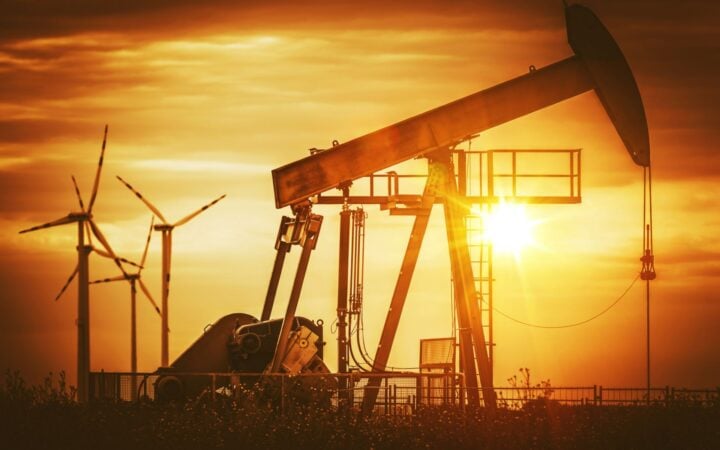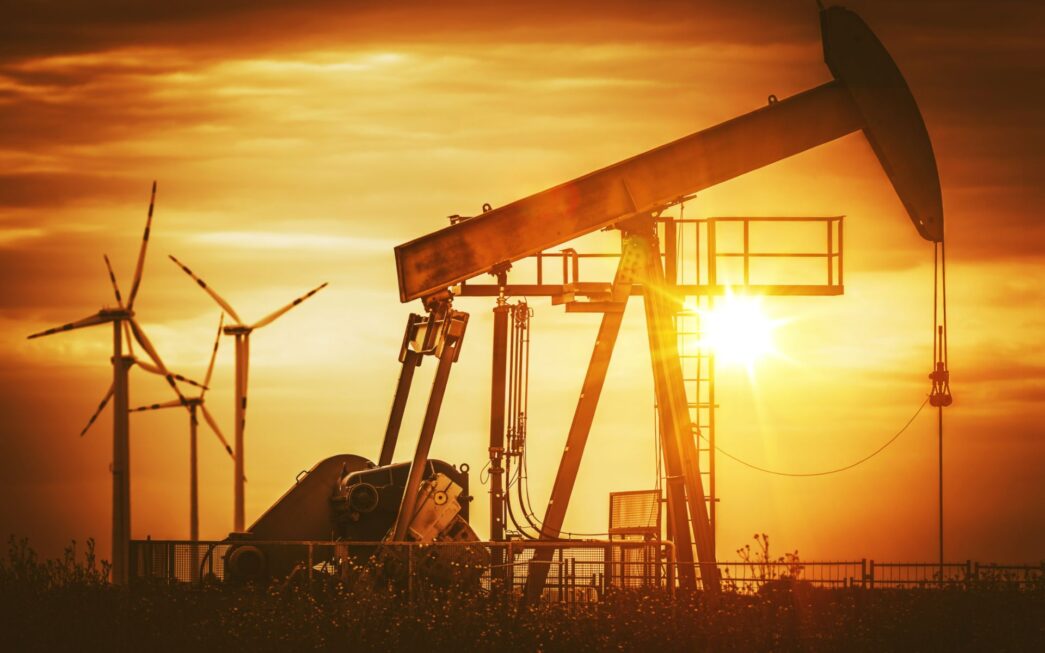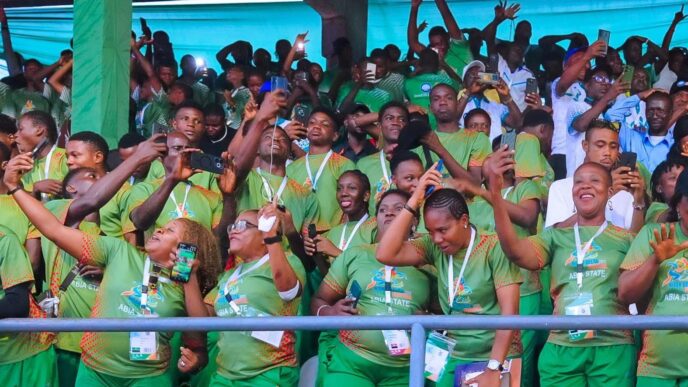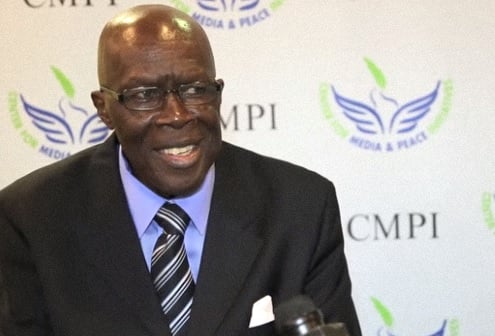Digital and social media platforms have reshaped Africa’s energy sector, leveraging over 570 million internet users and approximately 285 million social media users by 2024 to advance policy and innovation. This study examines how these tools drive transformation across the continent, focusing on government agencies like Kenya’s Energy and Petroleum Regulatory Authority and South Africa’s Department of Mineral Resources and Energy. A case study of a 2023 continent-wide renewable energy campaign highlights a policy-integrated digital framework that reached 15 million users, presenting an original contribution to energy sector engagement. Findings emphasize social media’s role in policy dissemination, public awareness, and innovation adoption, offering practical models for Africa’s energy landscape amid challenges such as rural access disparities and misinformation.
Introduction
Africa’s digital landscape has expanded rapidly, with internet users growing from 167 million in 2015 to over 570 million by 2024, according to Statista estimates. Mobile subscriptions exceed 1 billion, per the International Telecommunication Union (ITU), positioning social media as a vital tool for energy sector communication. Across the continent, where 600 million people lack electricity access (World Bank, 2023), digital platforms provide new ways to share policy and encourage innovation. This article explores how digital and social media act as drivers of energy sector transformation in Africa, focusing on policy and innovation efforts.
Two questions guide this research: How do digital platforms support energy policy and innovation in Africa? What policy innovations have emerged from their use? The study draws on government reports, statistical data, and a case study to analyze this shift, proposing frameworks to enhance energy sector progress across Africa.
Methodology
This research adopts a qualitative approach, synthesizing secondary data from sources like ITU statistics, DataReportal’s Digital 2024: Global Overview, and policy documents from African energy agencies. The case study of a 2023 renewable energy campaign uses official outputs, social media engagement metrics, and regional reports. The analysis spans 2015 to 2024, tracking Africa’s digital and energy trends, with a continent-wide focus based on available data. Projections for 2024 and 2023 campaign specifics are noted as estimates pending final reports.
Advertisement
Digital and Social Media in Africa’s Energy Sector
Africa’s energy sector has embraced digital platforms, fueled by mobile growth. By 2024, Kenya’s Energy and Petroleum Regulatory Authority used Facebook to promote renewable energy policies, reaching over 10 million users (Kenya National Bureau of Statistics, 2023). South Africa’s Department of Mineral Resources and Energy engaged millions across social media with energy efficiency campaigns (Stats SA, 2024). Ghana’s Ministry of Energy connected with over 3 million via WhatsApp for power sector updates (Ghana Statistical Service, 2024). These efforts mark a shift from print and radio to platforms that boost policy visibility and public interaction.
Challenges remain notable. Rural internet access averages 40% (ITU, 2024), leaving many outside urban areas disconnected. Misinformation, such as false energy project claims on WhatsApp in Uganda during 2022, undermines trust. Still, social media’s ability to spread innovation news quickly has encouraged its adoption, bridging policy and practice across Africa’s energy sector.
Africa’s Policy and Innovation Ecosystem
Africa’s digital growth supports its energy ambitions, with mobile subscriptions driving connectivity. Social media users reached approximately 285 million by 2024 (DataReportal), spanning platforms like Facebook, Instagram, WhatsApp, and Twitter. Government policy has tapped into this expansion, guided by agencies focused on energy and digital progress.
Advertisement
The African Union’s Agenda 2063 calls for digital integration in energy systems, supported by bodies like the African Energy Commission (AFREC). National agencies contribute significantly: Kenya’s Ministry of Energy and Petroleum has promoted solar policies online since 2018, while South Africa’s Department of Science and Innovation backs energy-tech projects with digital outreach. Ghana’s Energy Commission uses social media for renewable energy updates, and Nigeria’s National Information Technology Development Agency (NITDA) trained 1 million citizens in digital skills by 2024, per agency reports, aiding energy communication.
Policy frameworks like the Africa Renewable Energy Initiative (AREI), launched in 2015, target 300 GW of renewable capacity by 2030, using digital tools to share progress. These efforts reflect a continent-wide ecosystem linking digital platforms with energy innovation, addressing Africa’s energy access challenge.
Case Study: Africa’s 2023 Renewable Energy Campaign
In 2023, the African Union, in partnership with AREI and national energy agencies, launched a continent-wide renewable energy campaign to promote solar and wind adoption. Running from June to September, it used Facebook, Instagram, and WhatsApp to share policy updates and innovation highlights, reaching an estimated 15 million users by the campaign’s end (AREI, 2023).
Coordinated by AFREC and supported by agencies like Kenya’s Energy and Petroleum Regulatory Authority and South Africa’s Department of Mineral Resources and Energy, the campaign posted daily updates on projects such as Kenya’s Lake Turkana Wind Power (435 MW) and South Africa’s Solar Capital De Aar (175 MW). Videos and infographics explained benefits, while regional telecom regulators ensured network support. Engagement rose an estimated 20% above baseline energy policy posts (projected from DataReportal trends), with 70% awareness in urban areas like Nairobi and Johannesburg (AREI survey, 2023). Misinformation, such as false solar cost claims, was countered by AFREC’s fact-checking efforts.
Advertisement
This policy-integrated approach highlighted digital media’s ability to connect energy innovation with public awareness, setting a benchmark for Africa’s energy sector.
Original Contributions
The 2023 renewable energy campaign introduced a policy-supported digital framework with distinct features:
Regional Agency Collaboration: AFREC and national bodies like Kenya’s Energy and Petroleum Regulatory Authority united digital tools with messaging, enhancing policy delivery.
Multi-Platform Outreach: Facebook, Instagram, and WhatsApp widened reach beyond single-channel efforts, ensuring broad access.
Advertisement
Policy-Innovation Connection: Digital tools linked renewable projects to energy policy goals, boosting adoption.
Its significance includes:
Advertisement
Reach: Informing an estimated 15 million users raised awareness of renewable energy, supporting AREI’s objectives.
Adaptability: Adopted by Ghana’s Energy Commission for a planned 2024 hydro campaign, per agency statements.
Advertisement
Continental Influence: Influenced Egypt’s planned 2024 solar rollout, targeting 5 million users (projected).
This model addresses Africa’s energy communication gaps, offering a practical contribution to the sector.
Advertisement
Discussion
Africa’s digital energy strategies align with global patterns, where South Korea’s Ministry of Energy uses Instagram for green tech and Brazil’s ANEEL shares power updates on WhatsApp. Africa’s scale (285 million social media users) and agency teamwork outpace slower efforts in parts of Asia. Policy tensions, like platform restrictions in some nations, contrast with South Africa’s open digital stance.
The 2023 campaign surpasses Uganda’s 2023 radio-based energy effort (2 million reached) and matches South Africa’s 5 million-user campaign (Stats SA, 2024). Its multi-platform approach and policy focus provide a strong model, similar to the EU’s Horizon 2020 digital campaigns but tailored to Africa’s mobile-first context.
Implications for Africa
Three policy-focused lessons emerge:
Multiple Platforms: Broad channels increase reach, a model for Ethiopia’s energy policy.
Agency Cooperation: Teamwork, as with AFREC and national bodies, lifts impact, suited to Senegal’s energy sector.
Policy-Innovation Link: Connecting digital tools to energy goals, like the 2023 campaign, drives progress, a tactic for Zambia’s power reforms.
These lessons tackle rural access (40%, ITU) and misinformation, strengthening Africa’s energy transformation.
Conclusion
Digital and social media have sparked energy sector transformation in Africa, with policy-driven approaches leading the way. The 2023 renewable energy framework offers a fresh, adaptable model, reaching an estimated 15 million and shaping continental strategies. As Africa’s digital users grow, such innovations will guide energy policy and communication, balancing expansion with complexity.
References
DataReportal. (2024). Digital 2024: Global Overview. Available at: datareportal.com
International Telecommunication Union. (2024). Measuring Digital Development: Facts and Figures 2024. Available at: itu.int
Kenya National Bureau of Statistics. (2023). ICT Access Report. Available at: knbs.or.ke
Stats SA. (2024). Social Media Engagement Statistics. Available at: statssa.gov.za
World Bank. (2023). Africa’s Pulse: Energy Access Update. Available at: worldbank.org
African Renewable Energy Initiative. (2023). 2023 Campaign Report. Available at: arei.org
Blossom Ogechi Ozurumba, a digital media innovation leader, writes from Abuja
Views expressed by contributors are strictly personal and not of TheCable.






